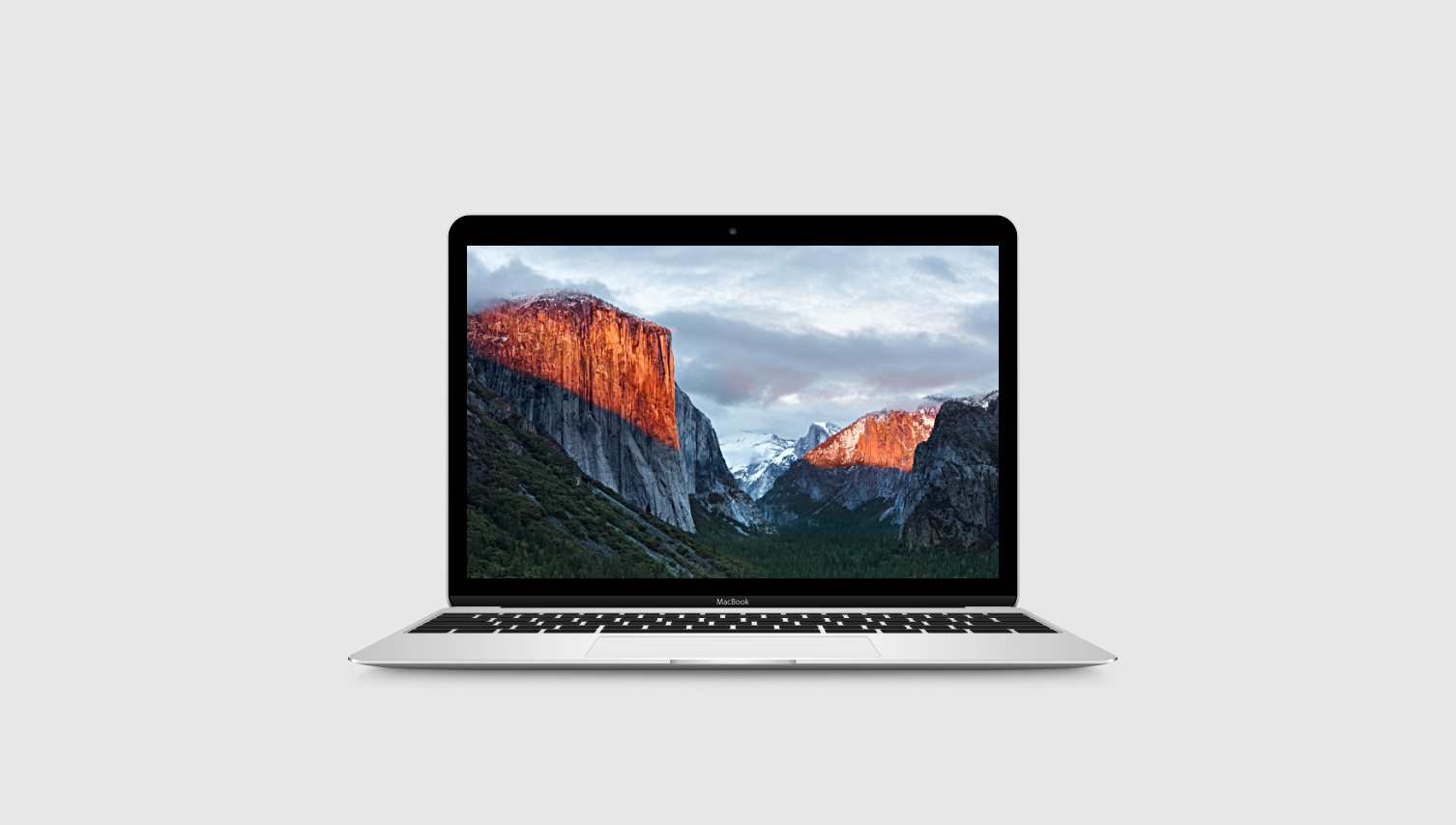Bring the MacBook Back
TL;DR: Apple should bring back the MacBook.
During the transition to Apple silicon, Apple has a chance to make amends and finally release the MacBook it never could under Intel. I have some ideas.
MacBook: Take I
Left: First-generation MacBook from 2006 in white polycarbonate (also available in black). Middle: anodized aluminum MacBook from 2008. Right: White polycarbonate MacBook was introduced in 2009 and discontinued in 2011.
When Apple began the transition to Intel-based chips in 2006, it changed the naming convention of many of its products. When Steve Job's announced the first computer running Intel, he anointed it with a new name, MacBook Pro, stating, "It's a new name because we're kinda done with power, and because we want Mac in the name in our products." And over the coming months, Apple's computers were gradually rebranded. Apple's pro-level laptop, the PowerBook, became the MacBook Pro, the PowerMac became the Mac Pro, and Apple's consumer-grade notebook, the iBook, became known as the MacBook.
And without diving too deep into history, the lineup remained bifurcated in this way for several years. While the 2008 MacBook Air introduced a third notebook category into the lineup, it was expensive, compromised and never seemed destined to uproot either the MacBook or its Pro counterpart. Then in 2010, Apple released a new MacBook Air that was significantly cheaper, thinner, and more attractive to the consumer market. Suddenly thin-and-light notebooks became a viable option for many consumers, and the decision about whether one should get a thicker, heavier, slightly cheaper MacBook or a sleek MacBook Air started to tilt towards the Air. By 2011, the MacBook Air had dethroned the MacBook and led to the line's discontinuation, becoming Apple's de facto consumer laptop.
MacBook Take II
The 12-inch MacBook was announced in 2015 and featured a fanless design, Retina display, butterfly keyboard, and USB-C. It was discontinued in 2019.
But in 2015, Apple tried to reintroduce the MacBook into their ecosystem. Taking a page out of the original MacBook Air playbook, the MacBook introduced new technologies and was thinner, lighter, and considerably more expensive than the MacBook Air. While it had a fan-less design, a retina display and was the first Apple product to introduce USB-C, its 12-inch size, high cost, and throttled Intel chip struggled to find mass-market appeal. Although certainly a beloved computer by the minority who owned it, its specs and feature set didn't sway people towards it in a way Apple would have wanted. It continued to struggle in sales against the MacBook Air and was discontinued in July 2019 following the Air's significant redesign the previous fall. If you're keeping score, that's MacBook Air: 2; MacBook: 0.
MacBook: Take III
Introducing the 13-inch MacBook.
Apple now has a chance to reintroduce a new MacBook at a time where performance, price, and perks make it possible to disrupt their notebook lineup in a way previous MacBooks couldn't.
Performance
The 2015 MacBook failed because its performance lagged behind any other Apple laptop from the hop. In order to achieve a fanless design at the time, Apple had to use low-wattage, unpowered Intel chips. As a result, performance sucked, especially for a laptop that started at a premium price of $1,300.
But Apple has demonstrated remarkable things through Apple silicon. The latest crop of iPhones, iPads and current MacBook Air doesn't leave customers wanting for performance, and all achieve this through passive cooling. It's very realistic to expect an M2 or future Apple silicon chip designed for exceptional consumer-grade performance without a need for an active cooling system.
Price
Part of the MacBook Air's magic is its attractive entry price at the coveted $999 price point. And while I can't imagine a redesigned MacBook being brought down to that range right away, I can picture a scenario where Apple keeps the existing M1 MacBook Air at $999 but offers a better spec'd $1,099 or $1,199 13" MacBook option right above it. Apple has gotten incredibly adept at creating a product matrix that nudges people towards considering higher options in small increments. The previous MacBook was smaller and compromised on performance and ports while being significantly more expensive; the new MacBook could reverse this, offering more ports, options, and substantially better performance at just a hundred dollars more.
Perks
Another way Apple could sweeten the allure of the MacBook is by introducing perks to the MacBook lineup, the first of which could be colour. You get Silver, Space Grey, and Gold with the MacBook Air, but a new MacBook could be introduced in various bold colours, reminiscent of the current iPad Air and 24-inch iMac. Few are immune to a gorgeous new device, especially if that gorgeous new device happens to come in your favourite shade of blue.
A 15-inch MacBook could introduce consumers to a bigger display option without shelling out hundreds more just for a larger panel.
The second possibility that opens up is having more than one size of MacBook. Like the MacBook Pro comes in both 14 & 16-inch variants, a new MacBook could come in a 13 & 15-inch configuration. Apple is no stranger to tiered consumer sizing, having previously released the iBook in 12 & 14-inch variations and the 2nd generation MacBook Air in 11 & 13-inch configurations. Just like consumers want bigger phones (Apple is rumoured to release a consumer-grade iPhone in a similar 6.7-inch Pro Max size this year), they want larger screens without moving to a pro-grade device and paying a pro-grade price. There's a $750 gap between the top-spec'd stock MacBook Air and the entry-level 14-inch MacBook Pro, and a $1,250 gap between the entry-level 16-inch Pro. A 15" MacBook priced $150-200 over a 13" variant is far more palatable for people looking for larger screens but remaining at a consumer price point.
Of course, nothing is stopping Apple from just doing everything I described with the Air and not needing to release the third tier of laptops. Still, this rejigging allows Apple clarify their naming convention & expand their range of consumer notebooks - offering a cheaper M1 MacBook Air in concert with a range of new and redesigned MacBooks to grow their market.
The Dream MacBook
Taken together, the ideal product I would love to see is a MacBook redesigned with multiple colour options, thinner bezels, an M2 chip, fanless chassis, 15-20 hours of battery life, 13 & 15-inch models, and sure, toss in a few thunderbolt ports, MagSafe, and Maybe an SD card slot for safe measure. Finally, drop the M1 MacBook down to $899 and start the MacBook at $1049 to $1,099 for the 13-inch and $1,199 to $1,249 for a 15-inch*.
Unfortunately, I don't see a world where Apple is eager to bring back a gorgeous 12-inch MacBook. Consumers have voted time and time again, and while small laptops are favourites among niche users (including yours truly), they unfortunately don’t take enough of a bite of the market to justify their manufacturing.
In Sum
Apple has a chance to reinvent and reintroduce the MacBook as the best mid-tier consumer-grade laptop for most people. Apple silicon has solved many of the thermal nonsense that plagued the last MacBook, allowing for a powerful but fanless Mac to finally thrive. Add a few luscious colours into the lineup and the ability to scale up to a 15-inch model, and you have a very attractive lineup of Macs that can comprehensively cover the entire $1,000-2,000 market. Shut up and take my money!
*One problem my prognosticating produces is that it unintentionally muddles the convention of the Air suffix in Apple's products. Currently, Air (as in iPad Air or MacBook Air), represents Apple's consumer-grade, mid-tier option. It's not the most economical option; it's like the economy-plus option. But should any of this come to fruition, it would mean that the hierarchy of Macs would switch to Air-MacBook-Pro, while on the iPad, it would remain iPad, Air, Pro. It wouldn't be the end of the world, just an observation.





